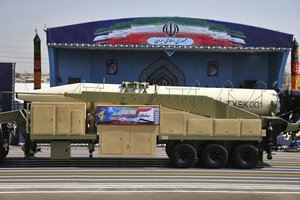Please tell us which country and city you'd like to see the weather in.

Voi
Voi is the largest town in Taita-Taveta County in southern Kenya, in the former Coast Province. It lies at the western edge of the Taru Desert, south and west of the Tsavo East National Park. The Sagala Hills are to the south. Voi is also a municipality.
Economy
Voi is a marketplace for the agricultural and meat products from the fertile Taita Hills as well as other surrounding areas. Voi's town centre consists of mostly general stores, shops, markets, kiosks and a few hotels. Most lodges that service tourists for the national park are located in the suburbs at the edge of town. The Voi Sisal Estates are located to the west of the town. A large squatter community exists in the Mwatate Sisal Estates, also to the west of town.
History
According to local history the name of town comes from a slave trader called Chief Kivoi who settled near the Voi River about 400 years ago. There after the village grew as a trading centre for the local Taita people with other Kenyan tribes and Arabs.
The town started to grow at the end of the 19th century when the Uganda Railway was constructed. People started to move in to work on the railway and the nearby sisal estates. However, township status with an area of about 16.27 square kilometres (6.28 sq mi) was not granted until 1932. The town has long since outgrown the original grant.
Voi (disambiguation)
Voi may refer to:
VOI, as an acronym, may refer to:
See also


Voi
Voi is the largest town in Taita-Taveta County in southern Kenya, in the former Coast Province. It lies at the western edge of the Taru Desert, south and west of the Tsavo East National Park. The Sagala Hills are to the south. Voi is also a municipality.
Economy
Voi is a marketplace for the agricultural and meat products from the fertile Taita Hills as well as other surrounding areas. Voi's town centre consists of mostly general stores, shops, markets, kiosks and a few hotels. Most lodges that service tourists for the national park are located in the suburbs at the edge of town. The Voi Sisal Estates are located to the west of the town. A large squatter community exists in the Mwatate Sisal Estates, also to the west of town.
History
According to local history the name of town comes from a slave trader called Chief Kivoi who settled near the Voi River about 400 years ago. There after the village grew as a trading centre for the local Taita people with other Kenyan tribes and Arabs.
The town started to grow at the end of the 19th century when the Uganda Railway was constructed. People started to move in to work on the railway and the nearby sisal estates. However, township status with an area of about 16.27 square kilometres (6.28 sq mi) was not granted until 1932. The town has long since outgrown the original grant.
Latest News for: lasciate ogni speranza... voi ch
Earth's Underworld is Real and Scientists Just Mapped It
Marshall, TPM - great piece. "The Wraithing of Rod Rosenstein"
The Wraithing of Rod Rosenstein
- 1
Article Search
Most Viewed
The Independent | 16 May 2019
South China Morning Post | 16 May 2019
WorldNews.com | 16 May 2019
The Independent | 16 May 2019




























